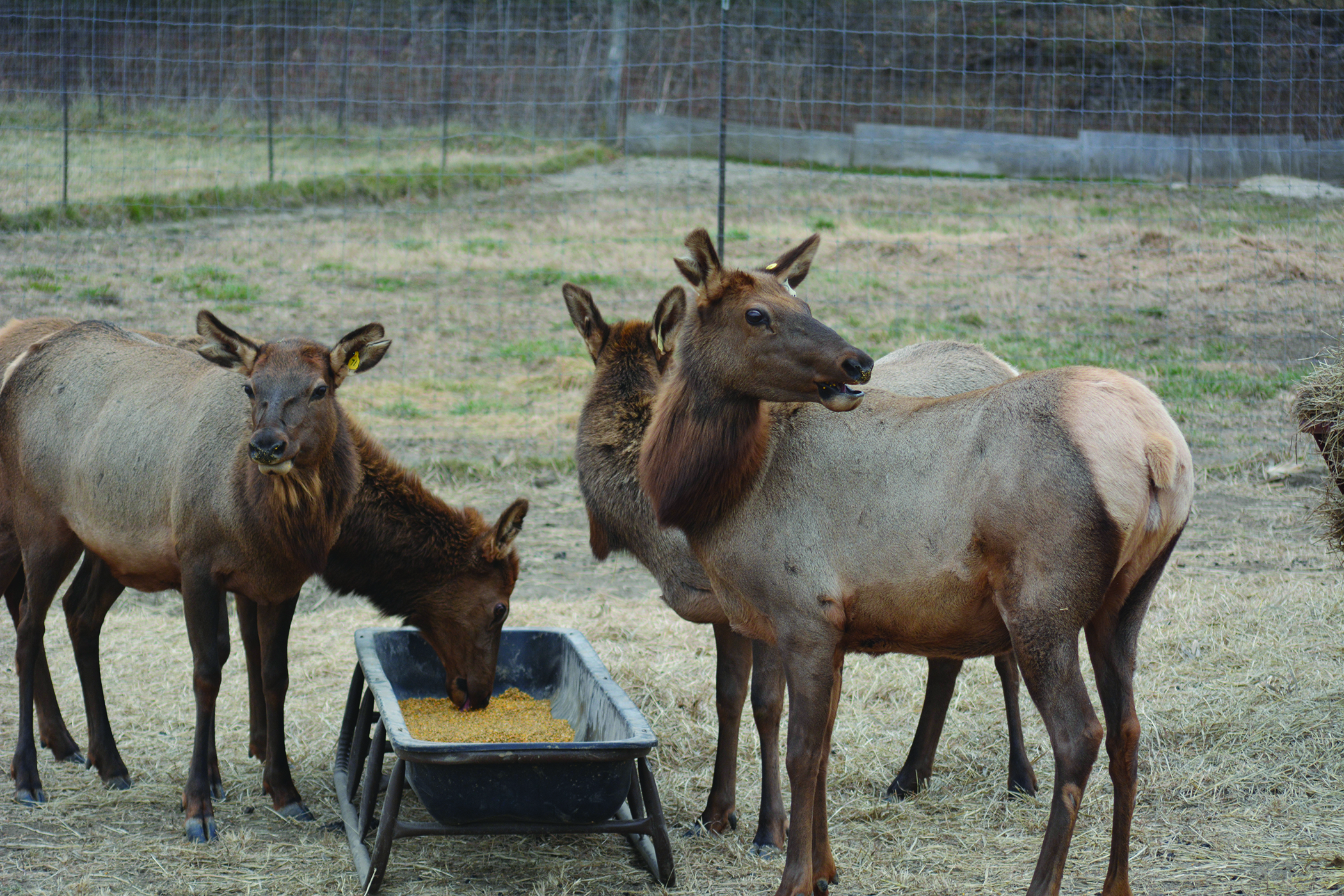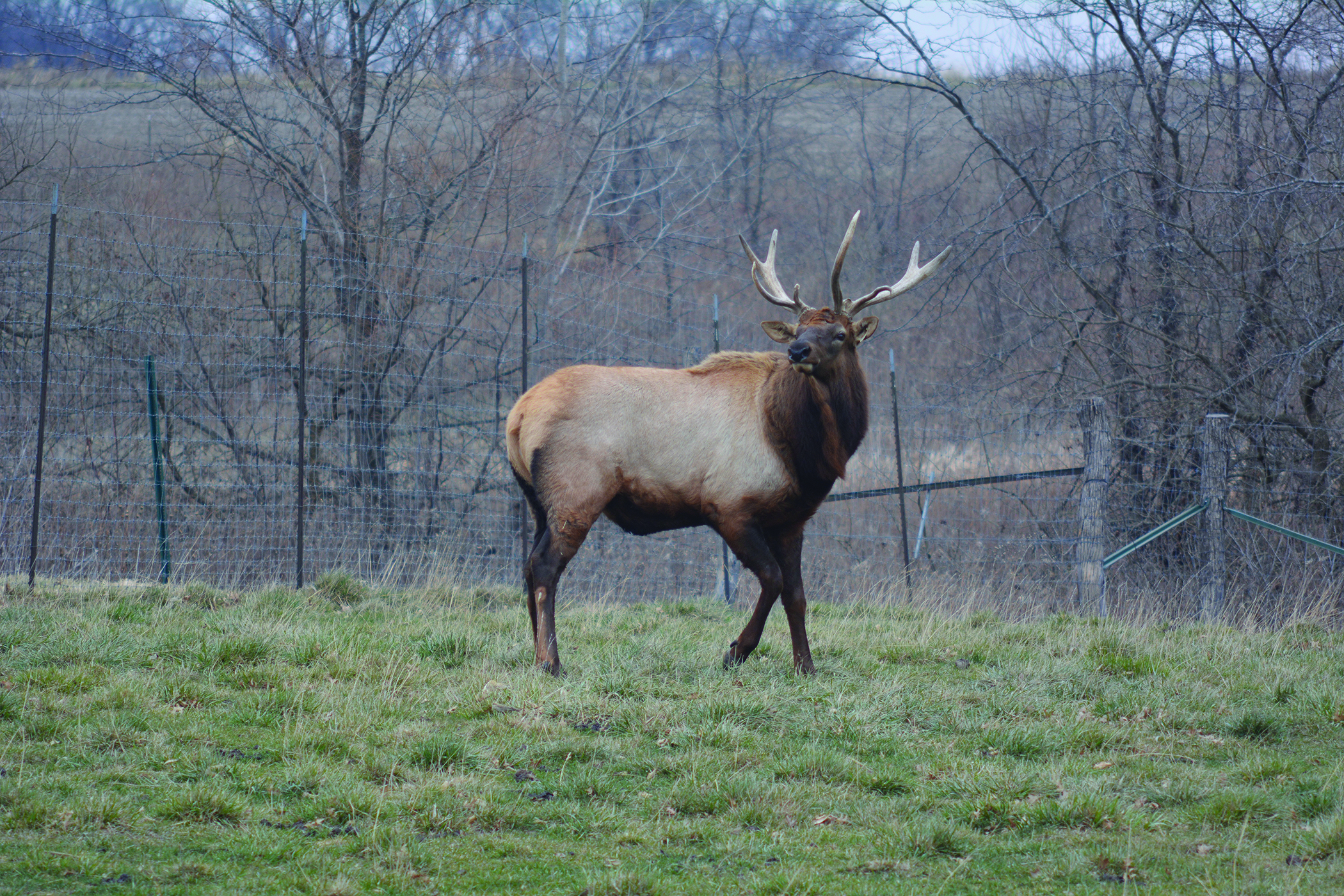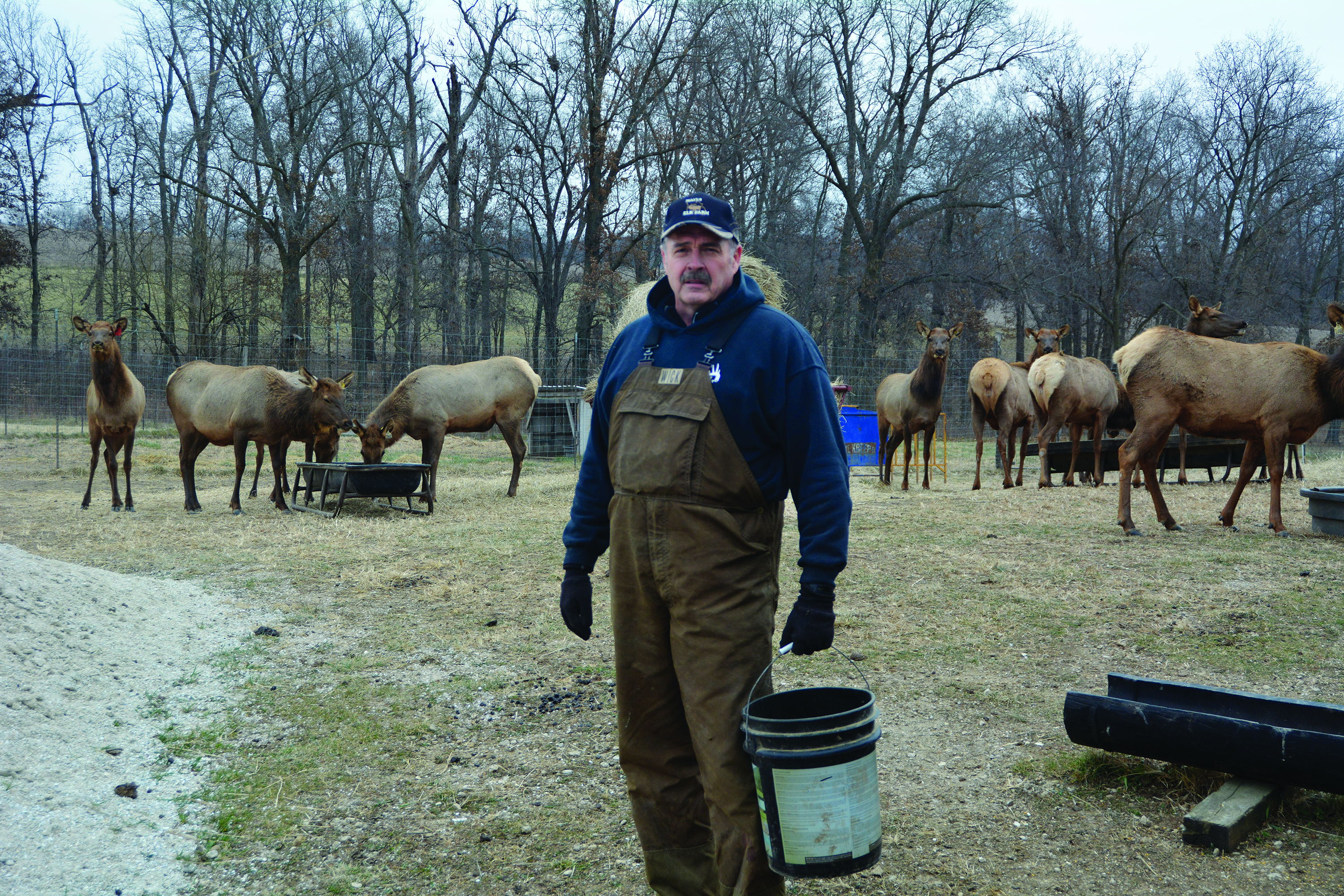NOTE: The court case referred to in this story favored the Mo. Department of Conservation. Missouri Supreme Court ruled in July the state has a right to regulate deer hunting companies to control a deadly brain disease affecting the animals. The case was filed by Donald Hill, Travis Broadway and Kevin Grace against the Missouri Conservation Commission. Hill and Broadway both own hunting preserves. Grace, like Hill, also breeds deer. The farmers challenged regulations imposed by the Missouri Department of Conservation in 2015 to limit the importation of deer and elk into Missouri. Those regulations will now be enforced. That means many operators will move out of state or go out of business. Farmers argued the cervid breeding and hunting stock are not “game … [or] wildlife resources of the state”, and that the regulations interfere with Respondents’ fundamental right to engage in farming and ranching practices. Wild animals are considered “resources of the state” and thus regulated by the Missouri Department of Conservation. In spite of a 1995 state law classifying captive cervids as livestock under the regulatory control of the Missouri Department of Agriculture and a Right to Farm amendment passed in 2014, the Supreme Court reversed the lower court ruling that favored hunting preserves. The Court based their decision on a 110-year-old court decision, stating “it makes no difference that said deer were raised in captivity, and had become tame. They are naturally wild.” The Conservation Department argued regulating all cervids in the state was necessary to control the spread of Chronic Wasting Disease (CWD). Farmers argued their captive cervids used for breeding stock and hunting, were already required regular disease testing and veterinary paperwork.
It was a cold December day, but the elk on Bill Mayes’ farm didn’t seem to mind. Classified as livestock in Missouri, Mayes’ captive elk are hardier than beef cows and easily handle Missouri’s frigid winter cold snaps. A long-time cattleman, Mayes and his wife, Susan, raised deer for several years before switching to elk two years ago. He likes the temperament of elk better and is simply drawn to the majestic beauty of fully grown bull elk with full horns.
There is potential beyond the majesty. Mayes raises the animals to sell as breeding stock for elk farmers in the Midwest and West. There is high demand for bred cows, meat, antlers and velvet antlers.
In 1995, a law was passed classifying captive cervid as livestock. A cervid includes deer and elk. Under the regulatory control of the Missouri Department of Agriculture, Mayes says elk farmers have invested their time and money in a growing Missouri industry.

A court case scheduled to be heard by the Missouri Supreme Court January 10 may put the brakes on that growth. The case pits deer farmers against the Missouri Conservation Commission. Despite the 1995 law, the Commission argues that regulations applied to wild deer also apply to captive deer based on a 1936 constitutional amendment. That amendment gives the Commission authority over the “bird, fish, game, forestry and all wildlife resources in the state.” Regulations passed by the Conservation Department in January 2015 include barring the importation of out-of-state deer to private hunting reserves in an effort to control the spread of Chronic Wasting Disease (CWD). Deer farmers say the new regulations are beyond the Commission’s authority. Mayes, who is also president of the Missouri Elk Farmers Association, fears that since elk are cervids, they can be drawn into the regulatory fray if deer farmers lose the case.
A Gasconade County judge struck down the Conservation regulations in 2016, ruling in favor of deer farmers. The Commission, arguing captive cervids are considered “game,” appealed to the Court of Appeals Eastern District, which in October transferred the case to the state Supreme Court.
The Mayes decided to halt future plans. Seven months ago, they purchased fencing and other supplies with the intent to double their 23-elk cow herd. “We called that expansion off for now,” Bill said in December. “We are scared about pending regulations. This industry in Missouri is paralyzed right now. We have to have a more stable environment as a whole.”
As an elk farmer, he sees the Conservation Department as a threat to the industry and says the conflicts between captive deer farmers and Conservation have been ongoing for some time.
“Since 1995, people have invested a lot of money with a lot of confidence that raising these animals is no different than raising beef cows, sheep or horses in that you operate as a farmer in the state of Missouri under the law,” Mayes says. “Then, a few years ago we passed the Right to Farm Act, Amendment 1, which gave further protections to the livestock industry. But the slope now feels more slippery for me and other producers.”.

Whatever happens, the demand for elk products will only continue to grow, and top-end breeding stock produced by Mayes are quickly sold. Like purebred beef cow farmers, many of Bill’s elk cows are artificially inseminated (AI). “We have put together specific cow genetics and match those with the top sires in the industry through our AI program. Our AI has a conception rate of 50-to-60 percent, so we back up that with our herd bull, Ransom Raider,” Mayes says. Raider was the largest 2-year-old typical bull elk ever officially measured in North America and the highest scoring 6-year-old bull elk. The bull is impressive, but Mayes says AI offers access to many more registered sires and cows and is far less expensive. He was fortunate to find cows with some of the best genetics in the industry when two elk farmers retired from the business. “We were given the opportunity to purchase the mothers of some of the top breeder bulls, advancing our program by decades overnight,” he says.
Protecting those genetics is important and a local veterinarian administers all AI and health needs for the herd. Using the right genetics through AI, Mayes can offer genetics in offspring based on what the client raises the animals for, whether for the meat, antler or trophy-hunting market.
More consumers than ever are biting into elk meat. For the last two Novembers, the Arby’s restaurant chain has featured a venison burger special advertised as elk meat. Mayes says much of that meat comes from overseas because the domestic market can’t meet demand. More restaurants and meat counters are offering the lean alternative on menus.
Bull antlers offer several markets, and the fastest growing one for hard antlers is dog chews. Hard antler usually sells for $10-to-$15 per pound and once cut and packaged, is offered for much more in pet stores. Crafters also seek out hard antlers for furniture, light fixtures and art. For large sets of elk antler, there is the collector’s market.
Mayes points out most of the antler is removed from the bull for safety reasons, while some are allowed to shed naturally.
There is also the velvet antler. Velvet is the tissue that covers the bone and cartilage that develop into hard deer antlers. This renewable resource is usually removed in mid-May and sold for about $35 a pound. That can create $1,000 annually per bull in sales. Antler velvet ends up in medicines and health supplements that promote muscle recovery and endurance. The largest market for this product is Asia, where Sika and Red deer provide the bulk of velvet sold.
Out-of-state hunting preserves purchase bulls as well. Genetics become a major factor for preserves looking for big bull elk able to grow trophy antler racks. Although these animals are released for hunting, they were captively raised in Missouri. Elk farmers say that in this state the elk are still considered livestock and the Conservation Commission cannot claim them as “resources of the state.”
Although lower courts ruled against the Commission or took no opinion, two judges concurred with the Commission’s argument that their regulations are rationally related to the state interest in preventing the spread of communicable disease and testing that can only be done after the animal has died. The Commission’s biggest concern is Chronic Wasting Disease (CWD). In their Supreme Court brief, the Commission stated that there is no other disease like CWD because other diseases are not uniformly fatal, do not leave environmental contamination and can be controlled or eliminated.

But Mayes argues there is no documented case of a cervid in Missouri, free ranging or captive, that has died from CWD. He says deer and elk are among the most regulated livestock in the state, requiring regular testing for tuberculosis and brucellosis. And, animals moved outside of Missouri require health papers from a veterinarian and notification of the state Department of Agriculture.
“Any elk or beef producer has a lot of money tied up in their operation, but it is not just the money. You wouldn’t raise an animal if you weren’t drawn to it. It doesn’t matter if it is a $1,000 cow or many times that, on my farm she gets the same care. We spend a lot of effort to ensure the safety of every animal on our farm,” Mayes says.
And like any other farmer, Mayes looks forward to interacting with his animals every day. He calls time with his elk his therapy.
“You always have something to look forward to,” he says. “The next thing I’m looking forward to is antler shedding. When these bulls drop their antlers it is a great day because they are starting to grow a new set. At the same time, you’re keeping an eye on your cows because they are getting ready to have babies. Then you look forward to the velvet shedding. There is always something to look forward to in the elk business.”
For the moment, however, uncertainty hangs like a black cloud over his herd. He says they have too much money and time invested to just stop, so they are looking west. He is seriously considering whether or not to move part or all of his operation to Kansas, a state friendly to elk farmers. The Court was scheduled to hear the case January 10, but for Mayes, any decision may be a moot point by now.
This article originally appeared in Show Me Missouri Farm Bureau Magazine, a membership publication that covers all of the issues for members and includes interesting features, opinions and the latest information on benefits and services. Become a Missouri Farm Bureau member to subscribe!


